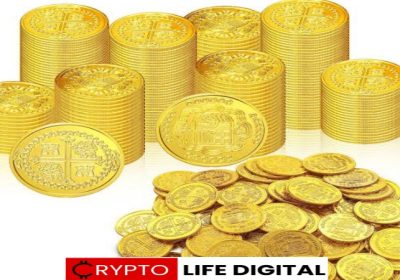Ethereum Beacon Chain Forks, Resolved

The Ethereum beacon Proof of Stake (PoS) chain had an unintentional fork on Wednesday.
“The Ethereum beacon chain experienced a 7-block deep reorg,” said Martin Köppelmann, the co-founder of Gnosis.
The fork was due to a new change in the protocol that adds a ‘proposer boost’ to address certain potential attacks, according to Terence Tsao an Ethereum Protocol Developer at Prismatic Labs.
Read Also: Tether Releases A New Stablecoin Pegged To The Mexican Peso
“Given that the proposer boost is a non-consensus-breaking change. With the asynchronicity of the client release schedule, the roll-out happened gradually. Not all nodes updated the proposer boost simultaneously,” Tsao said.
So we have a classic situation here where some nodes have the boost, some don’t, and then they start disagreeing about what is the valid chain because they have different rules. Tsao says:
“Because Prysm released proposer boost three weeks later than Lighthouse & Teku. It’s less likely that a Prysm node would have boost enabled vs. other clients. A non-boost enabled node would have resolved the fork between 75-81, but it didn’t happen.
That roughly gives ~75% boosted nodes and ~25% not boosted nodes in the network.
Such an incident needed 0.25^6 chances for it to happen. So it’s a big coincidence.”
Such incidents are fairly common as well and have happened a few times in bitcoin during an upgrade. In 2013, for example, bitcoin had to completely roll back some of its blockchains due to an upgrade going wrong.
The oversight here simply is that eth devs did not take extremely seriously the need for all nodes to boost, because they thought it was a non-consensus change, and so we get a small fork that then eventually resolved.
“I’m confident we shall see less of this when more nodes update to boost-enabled releases,” Tsao says.
As this appears to be just about upgrade mechanisms, it doesn’t have anything to do with the Merge upgrade which is planned for August/September.
Because it doesn’t look like this was a bug as such. Instead for some reason, some node operators thought that a rule change to fork-choices was not potentially consensus-breaking if they didn’t upgrade.
The matter now looks resolved with new blocks being added to the beacon as normal, but the Ethereum ratio has fallen further to now 0.063 bitcoin and its price is just above $1,800 from about $2,000.
So the market has reacted, yet it isn’t much you can do about these sorts of things unless you want to do with upgrades completely, which is probably why bitcoin now has them extremely rarely.
Read Also: Cardano’s Epoch 340 Is Concluded as Smart Contract Usage Rises to 29%
Ethereum is still in fast development, and that will continue until at least data sharding, but this boosting matter should have been taken more seriously and it probably wasn’t because there are no transactions as such on the Beacon chain currently.
So no one was quite affected, with this more an academic fork of sorts that now is resolved, and a reminder that all nodes have to be in sync for upgrades.

Cryptolifedigital is a cryptocurrency blogger and analyst known for providing insightful analysis and commentary on the ever-changing digital currency landscape. With a keen eye for market trends and a deep understanding of blockchain technology, Cryptolifedigital helps readers navigate the complexities of the crypto world, making informed investment decisions. Whether you’re a seasoned investor or just starting out, Cryptolifedigital’s analysis offers valuable insights into the world of cryptocurrency.










